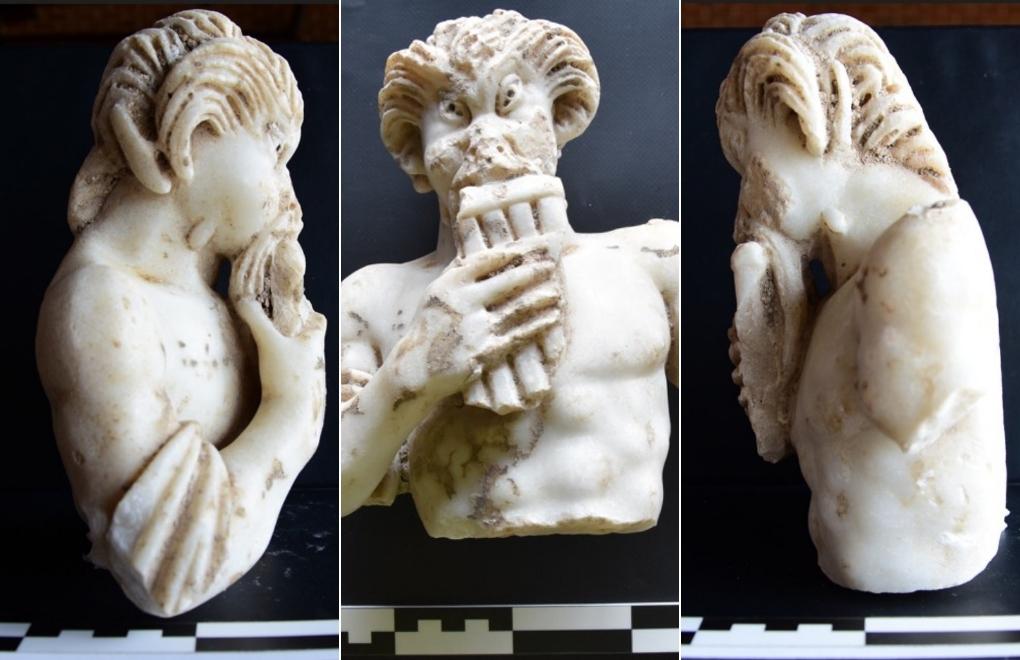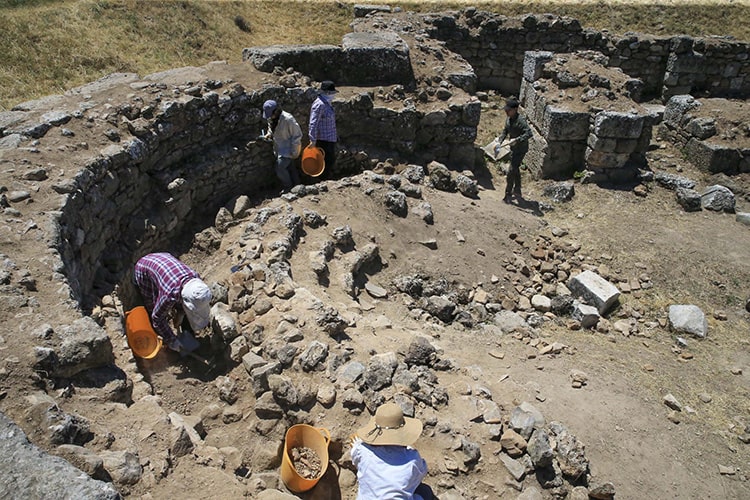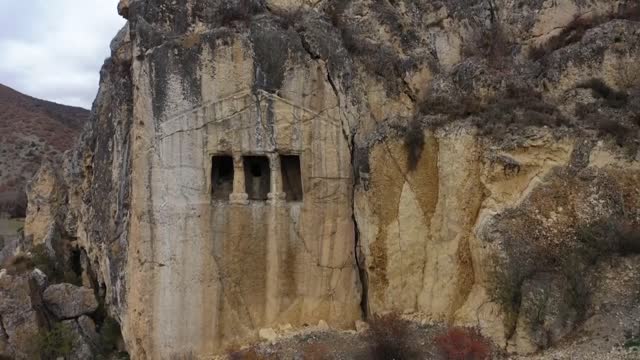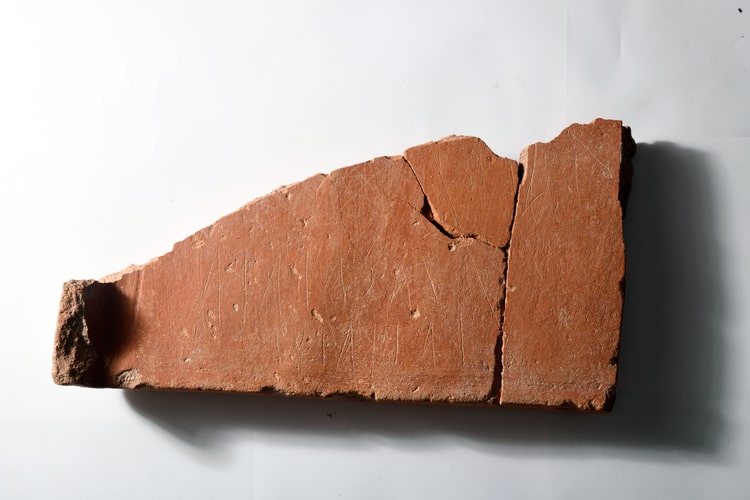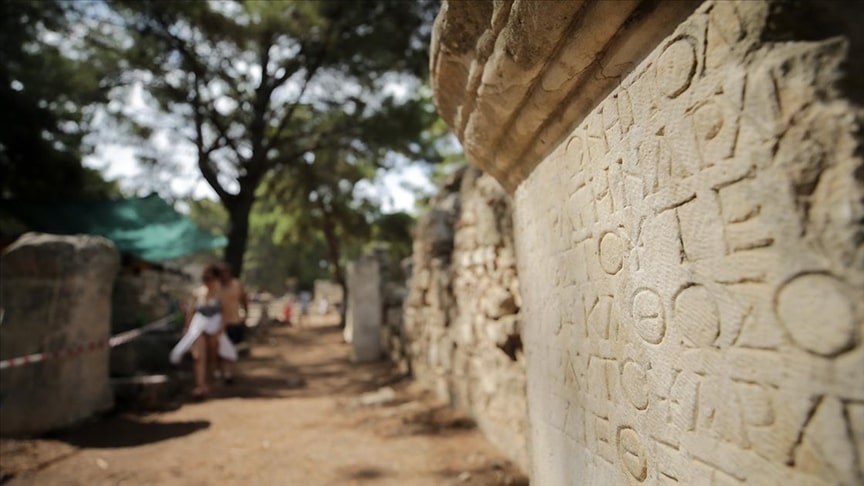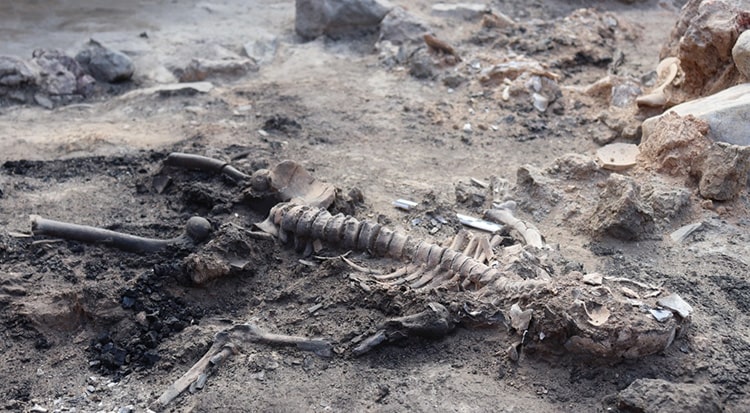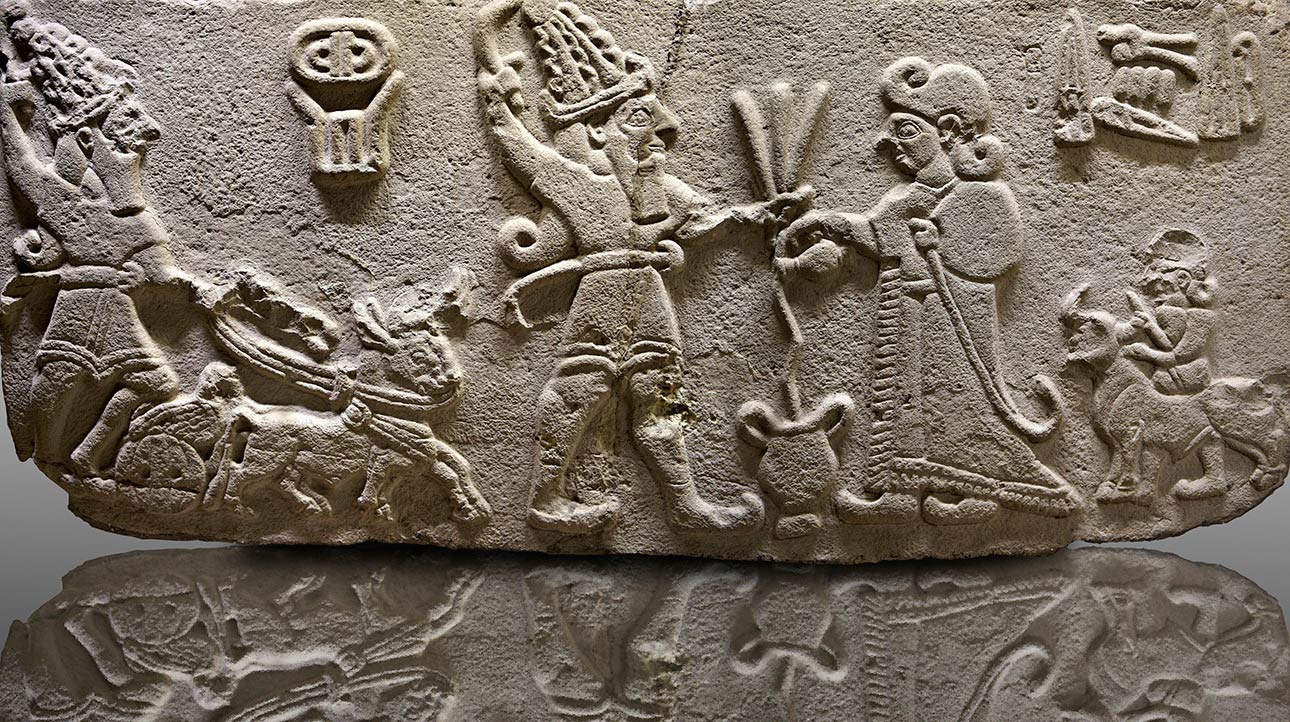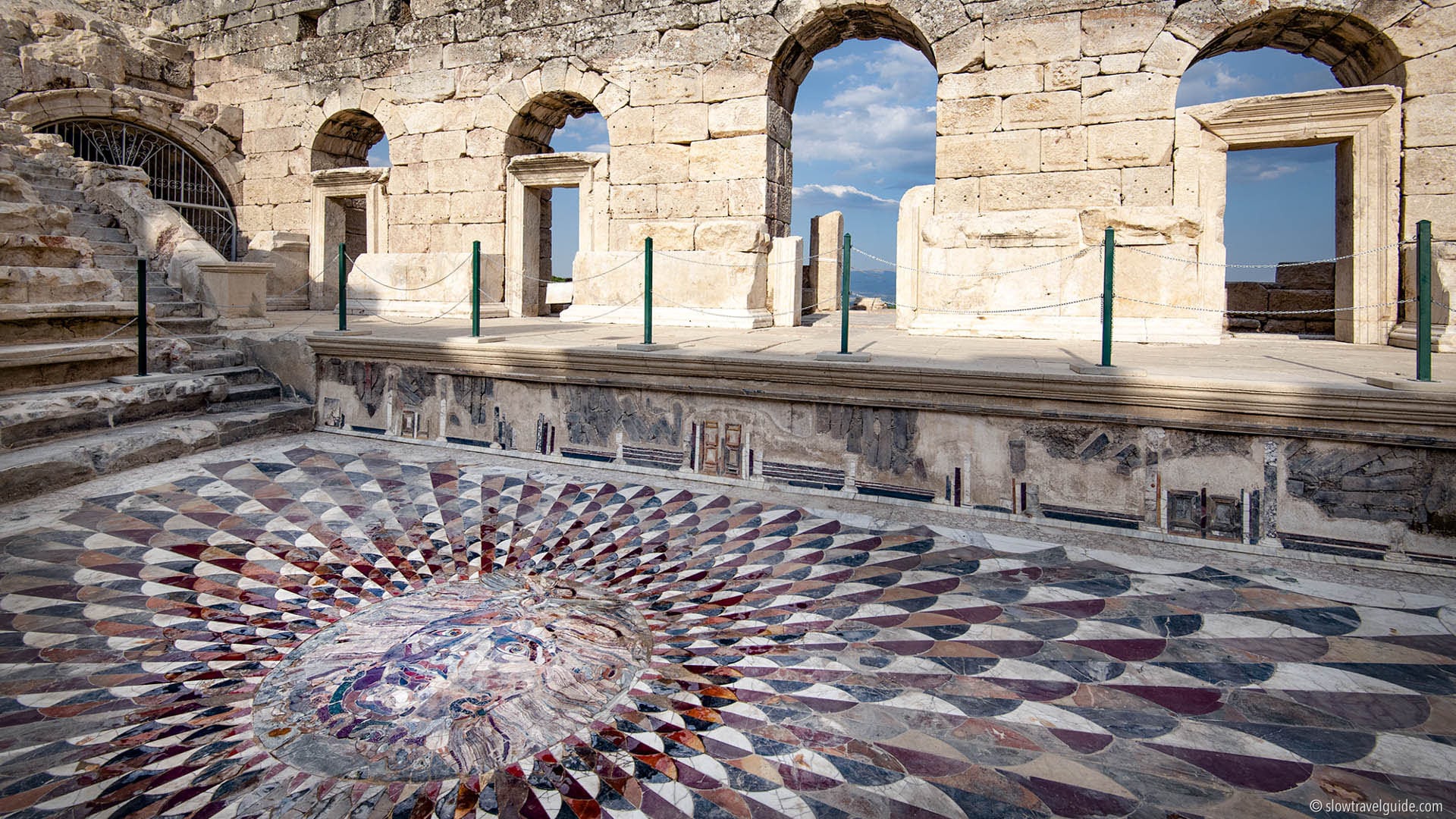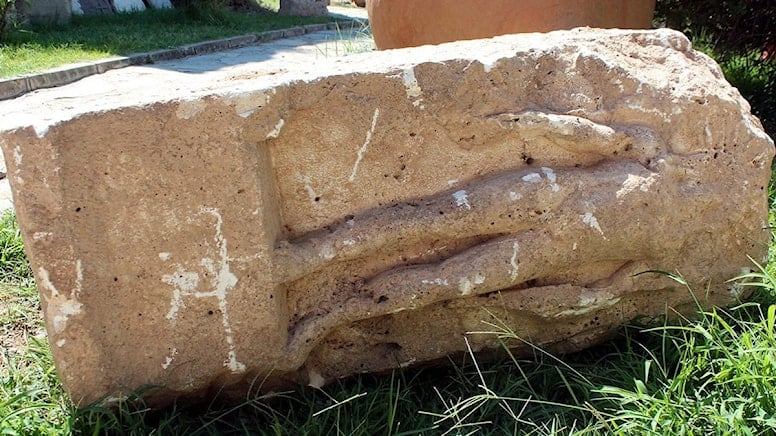Anatolian News . Central Anatolia
Astonishing Kültepe Tablets: Some Everyday Turkish Words Date Back 4,500 Years
Remarkable findings are emerging from the ongoing excavations at Kültepe-Kanesh-Karum, one of Türkiye’s longest-running archaeological sites. Led by Prof. Dr. Fikri Kulakoğlu, the excavations of Assyrian cuneiform tablets dating back approximately 4,500 years have revealed traces of certain Turkish words commonly used today. Located on the Kayseri-Sivas highway, Kültepe has been shedding light on Anatolian






